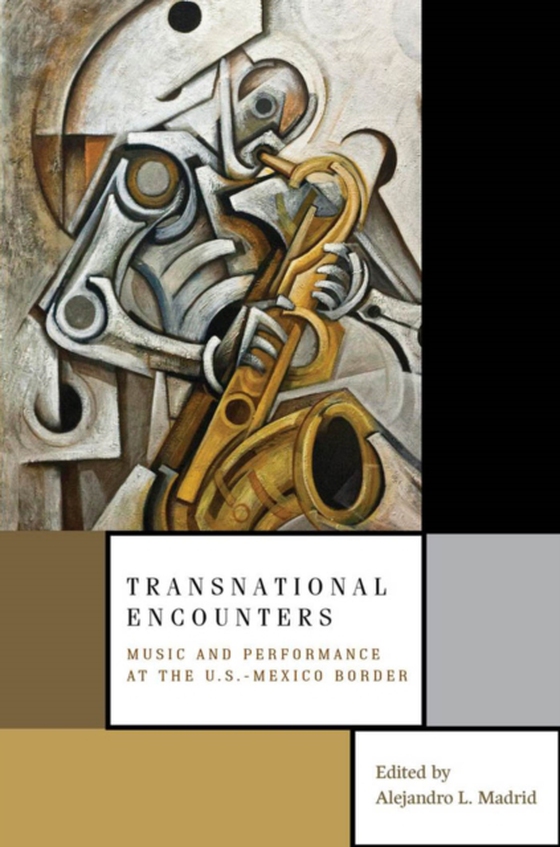
Transnational Encounters e-bog
302,96 DKK
(inkl. moms 378,70 DKK)
Through the study of a large variety of musical practices from the U.S.-Mexico border, Transnational Encounters seeks to provide a new perspective on the complex character of this geographic area. By focusing not only on nortea, banda or conjunto musics (the most stereotypical musical traditions among Hispanics in the area) but also engaging a number of musical practices that have often been ne...
E-bog
302,96 DKK
Forlag
Oxford University Press
Udgivet
29 september 2011
Genrer
1KBB
Sprog
English
Format
pdf
Beskyttelse
LCP
ISBN
9780199876112
Through the study of a large variety of musical practices from the U.S.-Mexico border, Transnational Encounters seeks to provide a new perspective on the complex character of this geographic area. By focusing not only on nortea, banda or conjunto musics (the most stereotypical musical traditions among Hispanics in the area) but also engaging a number of musical practices that have often been neglected in the study of this border's history and culture (indigenous musics, African American musical traditions, pop musics), the authors provide a glance into the diversity of ethnic groups that have encountered each other throughout the area's history. Against common misconceptions about the U.S.-Mexico border as a predominant Mexican area, this book argues that it is diversity and not homogeneity which characterizes it. From a wide variety of disciplinary and multidisciplinary enunciations, these essays explore the transnational connections that inform these musical cultures while keeping an eye on their powerful local significance, in an attempt to redefine notions like "e;border,"e; "e;nation,"e; "e;migration,"e; "e;diaspora,"e; etc. Looking at music and its performative power through the looking glass of cultural criticism allows this book to contribute to larger intellectual concerns and help redefine the field of U.S.-Mexico border studies beyond the North/South and American/Mexican dichotomies. Furthermore, the essays in this book problematize some of the widespread misconceptions about U.S.-Mexico border history and culture in the current debate about immigration.
 Dansk
Dansk

